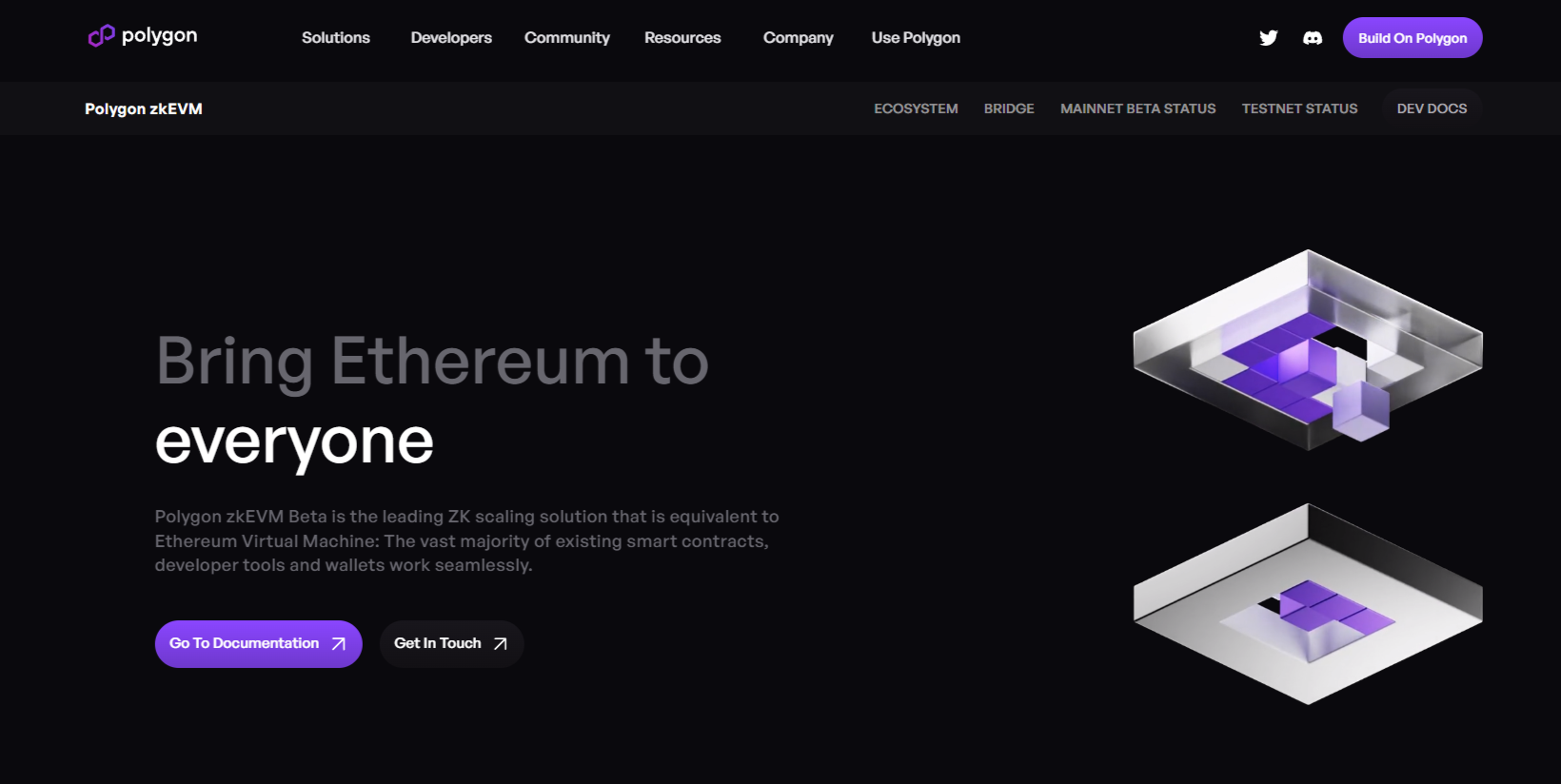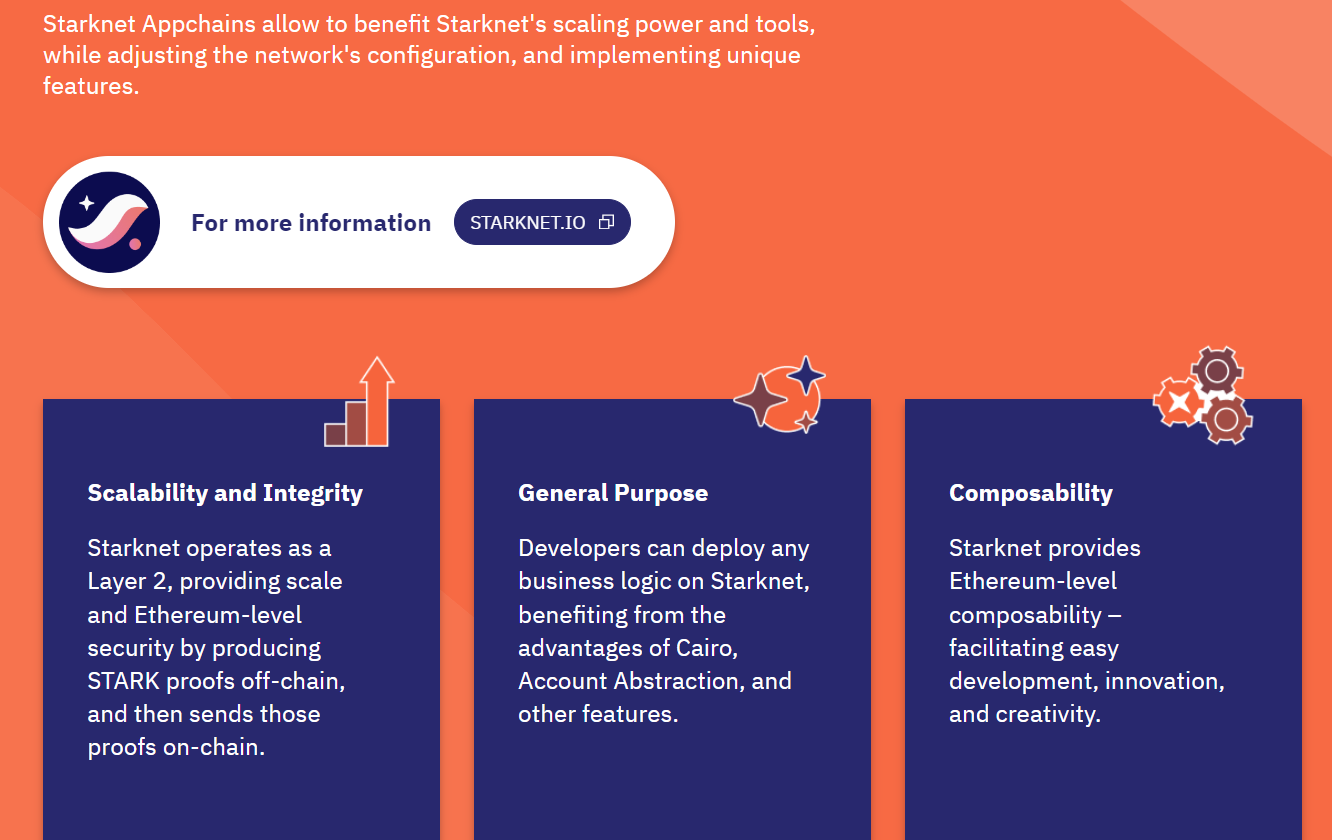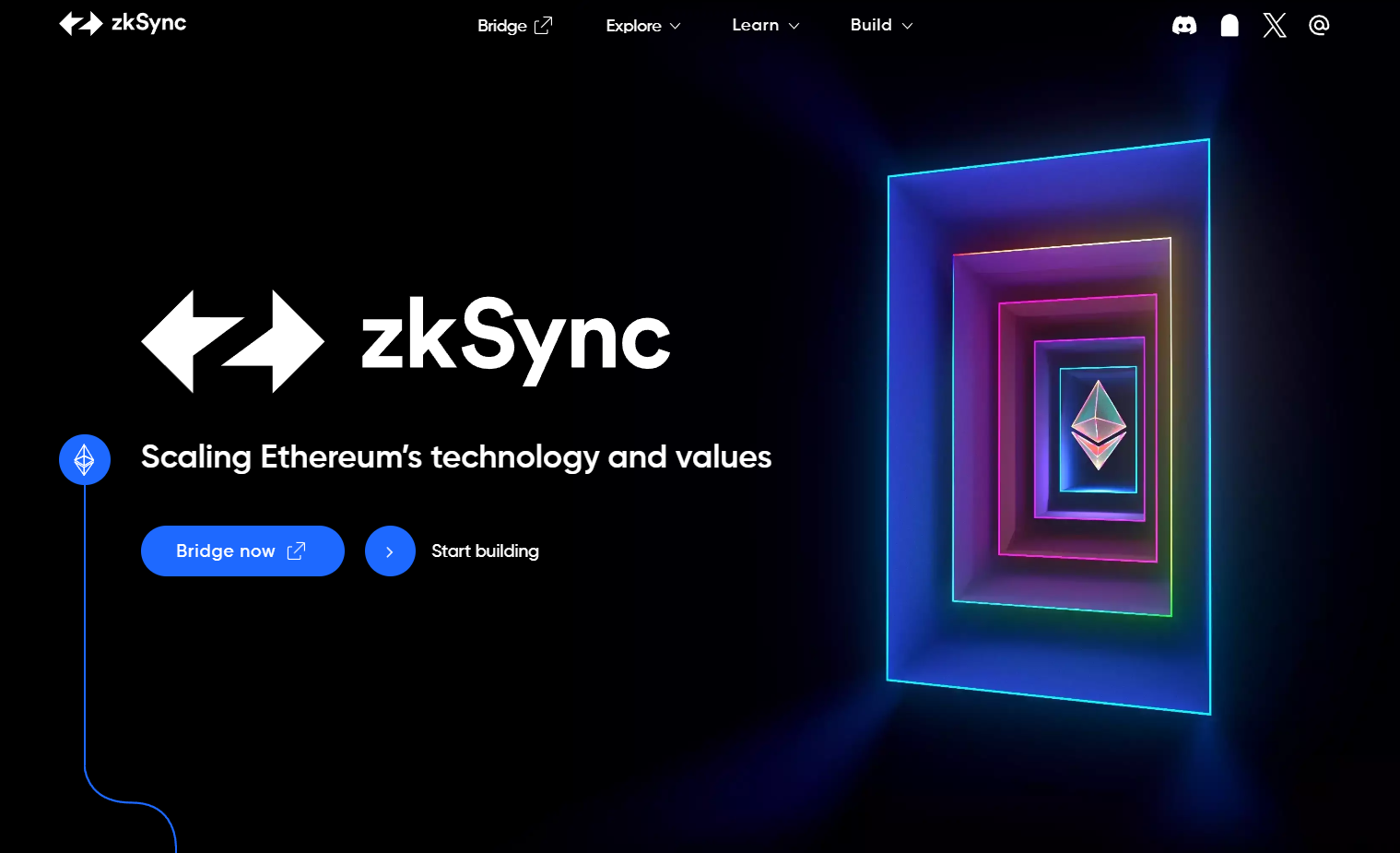Imagine a world where blockchain transactions happen instantly and without breaking the bank. That’s the promise of ZK-rollups, a groundbreaking innovation poised to unlock the full potential of blockchain technology.
By leveraging the power of zero-knowledge proofs, ZK-rollups significantly reduce transaction fees and dramatically increase transaction throughput, paving the way for a future of faster, more efficient, and widely accessible blockchain applications.
Key takeaways
- Faster transactions: say goodbye to sluggish transaction times! ZK-rollups enable near-instantaneous transactions, making blockchain a viable option for real-world applications.
- Lower fees: forget about high transaction costs. ZK-rollups significantly reduce fees, opening up blockchain to a broader user base.
- Scalability for the future: traditional blockchains struggle with high transaction volumes and multiple transactions. The ZK-rollup solution offers a path towards a more scalable and efficient blockchain ecosystem.
- Unlocking potential: with faster transactions and lower fees, ZK-rollups unlock a wave of new possibilities for technology innovation across various industries.
What are ZK-rollups (Zero-knowledge rollups)
Blockchain technology offers a secure and transparent way to manage information, but traditional blockchains often face limitations in handling a high volume of transactions due to network congestion. This can lead to slow processing times and expensive fees.
Zero-knowledge rollups emerge as a game-changing solution by acting as a Layer 2 scaling solution. They process transactions off-chain, significantly reducing transaction costs and increasing transaction speed and throughput.
Let’s delve deeper and understand how ZK-rollups work and how they address these limitations of traditional blockchains.
How ZK-rollups work: a deep dive
Before diving into the inner workings of Zero-knowledge rollups, let’s establish the foundation of what a Zero-knowledge proof is. This innovative cryptography is crucial in enabling ZK-rollups to achieve significant scalability improvements.
Technical foundations: unveiling the power of Zero-knowledge proofs
Similar to being able to prove you’re old enough to enter a club without revealing your actual birthdate, that’s the essence of a Zero-knowledge proof in the context of ZK-rollups.
These cryptographic proofs allow ZK-rollups to verify the validity of a transaction without revealing all the intricate details of the transaction itself. This significantly reduces the amount of data stored on the main blockchain, leading to faster processing and lower fees.
There are two main variations of Zero-knowledge proofs used in ZK-rollups: zk-SNARKs and zk-STARKs. Both offer different advantages – zk-SNARKs are known for their efficiency, while zk-STARKs provide a higher level of security with a slightly slower verification process.
The specific choice between these variations depends on the specific needs of a ZK-rollup project.
Operational mechanism: step-by-step breakdown
Now that we understand the power of a Zero-knowledge proof, let’s explore and see how ZK-rollups operate:
- Bundling transactions: unlike traditional blockchains that process transactions individually, ZK-rollups bundle multiple transactions off-chain. This significantly increases processing efficiency.
- Generating a validity proof: once a batch of transactions is compiled, the ZK-rollup generates a cryptographic proof using zero-knowledge techniques. This proof mathematically demonstrates the validity of all bundled transactions without revealing their specific details.
- Submitting to the main chain: the transaction bundle and the corresponding validity proof are then submitted to the main blockchain for verification. The main chain only needs to confirm the validity of the proof, not the individual transactions themselves, leading to faster settlement times.
This breakdown showcases how ZK-rollups leverage zero-knowledge proofs to achieve efficient off-chain processing and ultimately, significant scalability improvements for blockchain technology.
Zero-knowledge vs optimistic rollups comparison
Both ZK-rollups and optimistic rollups are Layer 2 scaling solutions that aim to address the scalability limitations of traditional blockchains. However, they differ in their approach to transaction validation and overall complexity.
Here’s a table summarising the key differences:
| Feature | ZK-Rollups | Optimistic Rollups |
| Transaction validation | Relies on zero-knowledge proofs for on-chain verification | Assumes transactions are valid by default, uses fraud proofs for disputes |
| Settlement speed | Faster transaction processing speed due to pre-verified transactions | Slower transaction speed due to potential waiting period for fraud challenges |
| Security | Generally considered more secure due to on-chain verification | Reliant on the security of the main chain and fraud detection mechanisms |
| Complexity | More complex cryptography involved | Simpler to implement |
Transaction validation: all the transactions leverage Zero-knowledge proofs to cryptographically prove the validity of a transaction execution before submitting them to the main chain. This negates fraudulent transactions and ensures only valid transactions are settled, leading to faster finality.
In contrast, an optimistic rollup assumes transactions are valid by default. If a dispute arises, fraud proofs are used to challenge the transaction’s legitimacy. This approach introduces a waiting period for potential challenges before final settlement.
Settlement speed: due to pre-verified transactions, ZK-rollups offer faster transaction settlement times compared to optimistic rollups. Users experience quicker transaction speed confirmation without the need to wait for a potential fraud challenge period.
Security: ZK-rollups are generally considered better at maintaining security because an invalid or fraudulent transaction cannot be included in the proofs submitted to the main chain.
Optimistic Rollups rely on the security of the main chain and the effectiveness of fraud detection mechanisms.
Complexity: implementing ZK-rollups involves more complex cryptography and cryptographic proof compared to optimistic rollups. This can make ZK-rollup development more challenging.
Choosing between ZK-rollups vs optimistic rollups
The choice between ZK-rollups vs optimistic rollups depends on the specific needs of the application. If prioritising fast settlement times and high security is crucial, a Zero-knowledge rollup might be the better option.
However, if simplicity and ease of development are primary concerns, optimistic rollups may be a suitable choice.
Real-world applications and future prospects
With their ability to handle high transaction volumes at lower costs, ZK-rollup projects are poised to revolutionise various industries.
Current implementations
Polygon zkEVM (Zero Knowledge Ethereum Virtual Machine)

Launched in March 2023 (Mainnet Beta launch), Polygon zkEVM is part of the Polygon ZK-rollup suite, offering a scalable and Ethereum-compatible solution. The ZK-rollup’s operations act by aggregating multiple transactions off-chain in an EVM-compatible environment and then proving their validity on-chain using ZK-proofs.
This ensures compatibility with existing Ethereum contracts and tools, a significant advantage for developers looking to leverage this technology without needing to rewrite code. As part of the larger Polygon ecosystem, zkEVM benefits from network effects and integration with other Polygon solutions, potentially offering a robust and versatile Layer-2 environment.
The standout feature of Polygon zkEVM is its compatibility with existing Ethereum tools and smart contracts, making it highly accessible for developers already familiar with Ethereum’s ecosystem.
These are just a few examples, and the potential applications as zero-knowledge rollups continue to expand across various sectors.
Starknet

Launched in February 2022, Starknet utilises STARKs (Scalable Transparent ARguments of Knowledge) for high scalability and privacy. Similar to other Zk-Rollups, StarkNet moves computation to off-chain data storage but uses STARKs to generate cryptographic proofs for transaction details and validity. These off-chain proofs are then submitted to the Ethereum main chain for verification.

StarkNet’s advantage lies in its potential for general computation, meaning it can potentially run any smart contract, and its use of STARKs, which are considered more secure and future-proof compared to zk-SNARKs due to their quantum resistance.
zkSync Era

zkSync Era, launched by Matter Labs in March 2023, focuses on scalability and user experience while maintaining Ethereum compatibility. It achieves this by leveraging ZK-rollup technology to process transaction data off-chain, storing transaction data and bundling them into a single transaction with validity proof, and then submitting it to the Ethereum main chain for settlement.
This approach helps zkSync Era address the pain points of high transaction fees and slow speeds on the Ethereum mainnet.
A key advantage of zkSync Era is its EVM compatibility, allowing developers to seamlessly migrate existing Ethereum smart contracts without needing to rewrite code.
These are just a few examples of the many projects actively contributing to a more scalable and efficient blockchain ecosystem. As technology matures, we can expect to see even more promising ZK-rollup projects emerge across various sectors.
Looking ahead
As technology matures, we can expect several exciting advancements:
- Enhanced scalability: ongoing research strives to improve efficiency and scalability, enabling ZK-rollups to handle even higher transaction volumes with other scaling solutions. This will pave the way for even broader adoption across various industries.
- Interoperable ecosystem: integration with other Layer 2 solutions and various blockchains is a key area of development. This will foster a more interconnected and interoperable ecosystem, allowing for seamless cross-chain communication and transfer of data and assets between different platforms.
- Robust security: security remains paramount. Continued research and development will address potential implementation bugs and security considerations. The goal is to ensure a robust and reliable ZK-rollup infrastructure that inspires user confidence.
By tackling these areas, ZK-rollup technology has the potential for widespread adoption within blockchain tech. Enabling faster, cheaper, and more secure transactional operations for a wide range of applications.
What is a ZK-rollup?
A ZK-rollup is a type of Layer 2 scaling solution for blockchains. They process transactions off-chain using zero-knowledge proofs with significantly reduced transaction fees while also increasing transaction speeds compared to traditional blockchains.
Is Chainlink a ZK-rollup?
No, Chainlink is a decentralised oracle network that provides real-world data to blockchain applications. While Chainlink doesn't directly offer ZK-rollup solutions, some projects, like Polygon, leverage Chainlink's data feeds to connect their smart contracts to valuable off-chain information.
How much does a ZK-rollup cost?
The cost of using a ZK-rollup can vary depending on the specific project. However, they generally aim for significantly lower fees compared to the underlying blockchain they operate on.
Which is better a ZK-rollup or an optimistic rollup?
Both Zero-knowledge rollups and optimistic rollups are promising scaling solutions, but they have different strengths and weaknesses. ZK-rollups offer faster settlement times and potentially higher security, while optimistic rollups might be simpler to implement. The "better" option depends on the specific needs of the application.
The content provided here is for informational purposes only. It is not intended as personal investment advice and does not constitute a solicitation or invitation to engage in any financial transactions, investments, or related activities. Past performance is not a reliable indicator of future results.
The financial products offered by the Company are complex and come with a high risk of losing money rapidly due to leverage. These products may not be suitable for all investors. Before engaging, you should consider whether you understand how these leveraged products work and whether you can afford the high risk of losing your money.
The Company does not accept clients from the Restricted Jurisdictions as indicated in our website/ T&C. Some services or products may not be available in your jurisdiction.
The applicable legal entity and its respective products and services depend on the client’s country of residence and the entity with which the client has established a contractual relationship during registration.




